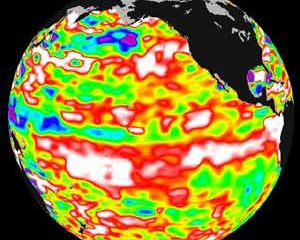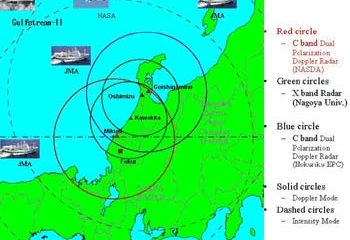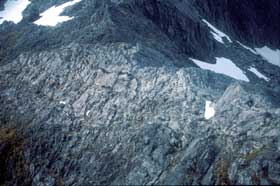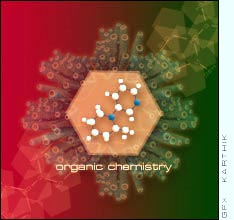Groundbreaking research released on the economics of marine protected areas
For the first time anywhere, the analysis of leading economists and ecologists worldwide has been brought together in one place, to examine the economics of Marine Protected Areas (MPAs). Two special issues of the international research journal Natural Resource Modeling (Vol. 15 Nos. 3 &4) have just been published, within which the editors, Ussif Rashid Sumaila (University of British Columbia) and Anthony Char

NASA sponsored scientists have discovered by knowing the salt content of the ocean’s surface, they may be able to improve the ability to predict El Nino events. Scientists, studying the western Pacific Ocean, find regional changes in the saltiness of surface ocean water correspond to changes in upper ocean heat content in the months preceding an El Nino event. Knowing the distribution of surface salinity may help predict events.
Salinity and temperature combine to dictate the ocean’s dens

NASA and two Japanese government agencies are collaborating on a snowfall study over Wakasa Bay, Japan. Using NASA’s Earth Observing System Aqua satellite, research aircraft and coastal radars to gather data, the joint effort is expanding scientific knowledge about where precipitation falls.
Until now, the north Pacific’s contributions to the global hydrologic cycle have been difficult to quantify. Precipitation measurements by satellite over open water are very important, because

Understanding how mountains form is critically important — from volcanic eruptions to earthquakes to catastrophic mudslides, the geologic processes active in mountain belts affect human societies every day. Yet, even though mountains are on all continents and in all ocean basins, scientists still understand relatively little about the forces that interact to form and destroy mountains, how mountains change over time, and the relationship between mountains and Earth’s climate.
To better

In an organic chemistry lab located in the Science II building on the campus of Binghamton University, Scott Handy is busy whipping up promising new substances modeled after natural compounds found in sea sponges and tobacco plants. Some of the synthetic compounds could help in the fight against cancer and AIDS. Others could provide a safer, more effective, and more affordable alternative to the traditional solvents organic chemists use to catalyze reactions and synthesize compounds, one molecule at
The discovery of 160 year old records in the archives of the Royal Society, London, has given scientists further evidence that Australian sea levels are rising.
Observations taken at Tasmania’s Port Arthur convict settlement 160 years ago by an amateur meteorologist have been compared with data from a modern tide gauge.
“There is a rate of sea level rise of about 1mm a year, consistent with other Australian observations,” says Dr David Pugh, from the UK’s Southampton Ocean